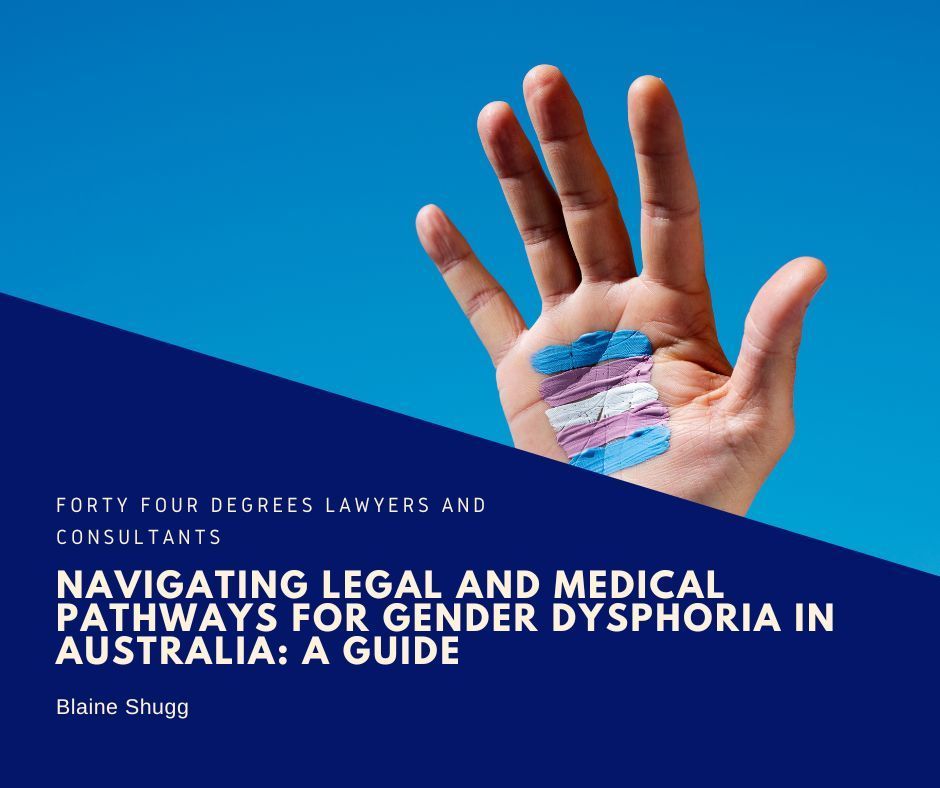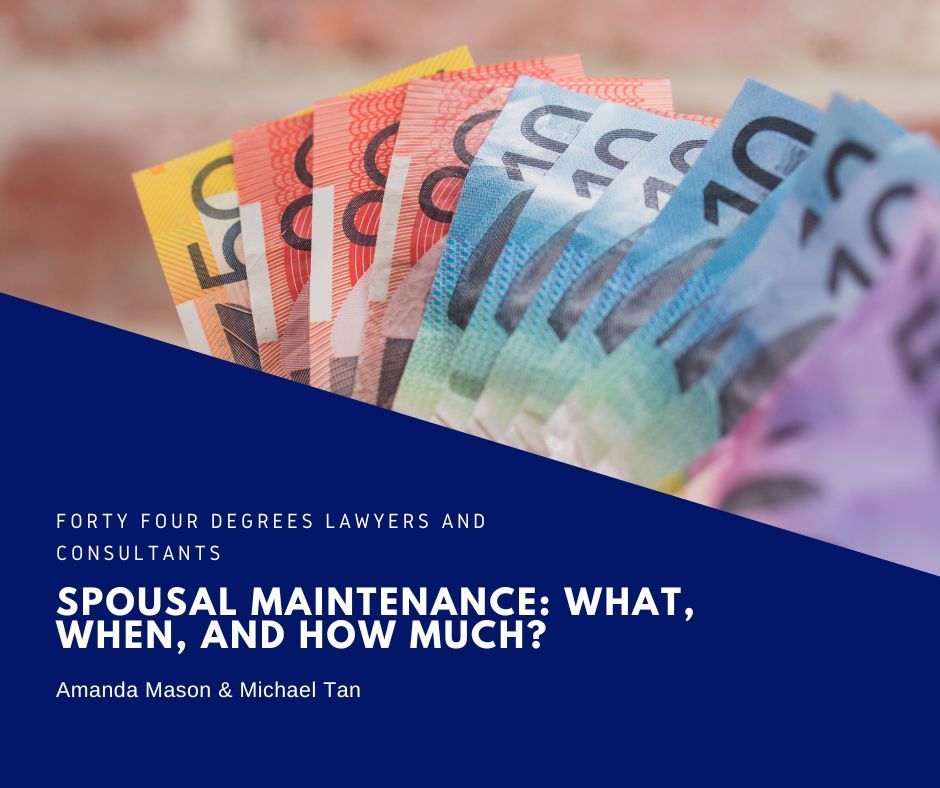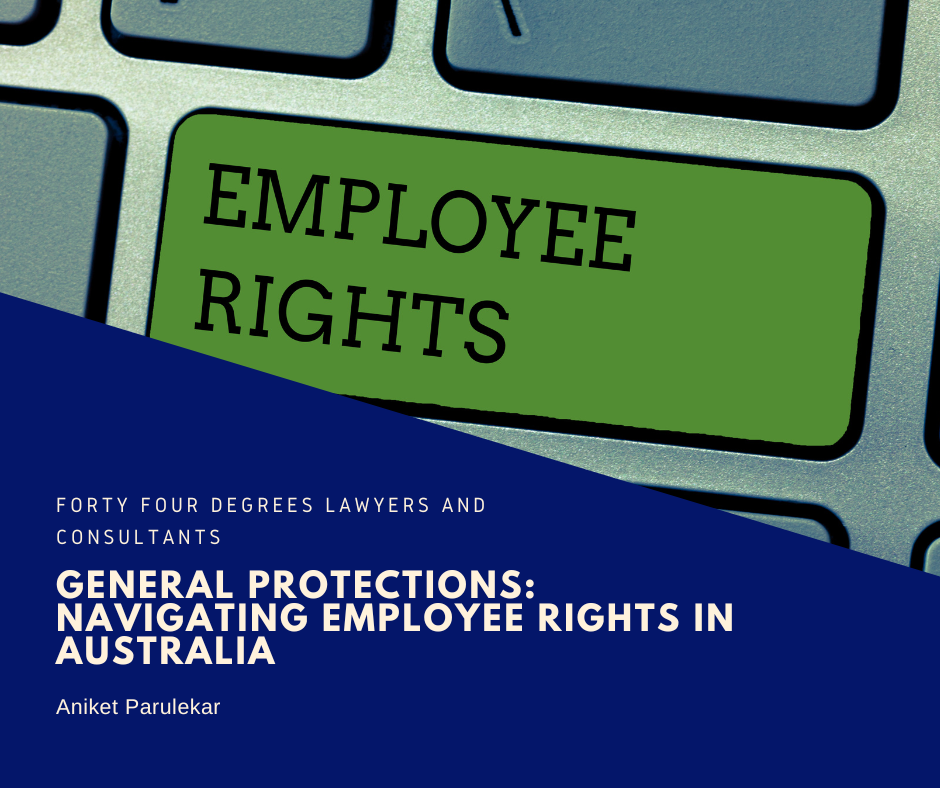Bankruptcy Basics
Celine Bodera • Aug 17, 2021
How to enforce a judgment by way of Bankruptcy Notice

A court or tribunal has made an order for someone to pay you money (known as a “judgment debt”) but that someone fails, neglects, or refuses to do so. What now?
There are several options for enforcing a judgment debt. One option is to make the debtor bankrupt.
Why bankruptcy?
When a person is declared bankrupt, a trustee will be appointed to manage the bankruptcy. This involves liquidating any assets available to pay debts owing to creditors.
A person with a judgment debt in their favour is a creditor whose debt is “provable” in bankruptcy. This means that, if the debtor is made bankrupt, the judgment creditor is in line to receive proceeds from the assets of the bankrupt debtor.
How do I make my debtor bankrupt?
The main steps involved are as follows:
- Issue a Bankruptcy Notice
- Lodge a Creditor’s Petition
An application for a Bankruptcy Notice is made to the Australian Financial Security Authority.
A Creditor’s Petition is lodged with the Federal Court of Australia.
What is a Bankruptcy Notice?
A Bankruptcy Notice is a formal demand for payment of a judgment debt of at least the statutory minimum (currently $10,000) that is less than six years old.
A Bankruptcy Notice will give the debtor 21 days to do one of the following:
- Comply with the demand;
- Apply for more time to comply with the demand;
- Apply to set aside (or “cancel”) the demand; or
- Do nothing.
Complying with the demand means paying the debt.
Applying to set aside the demand means challenging the demand.
Doing nothing constitutes an “act of bankruptcy” pursuant to section 40 of the Bankruptcy Act 1966 (Cth)
(Bankruptcy Act), which allows the creditor who issued the demand to lodge a Creditor’s Petition.
Setting aside a Bankruptcy Notice
A Bankruptcy Notice can be set aside on several grounds, including the following:
- The debt being claimed does not exist;
- There is a defect in the notice, which causes substantial injustice or confusion; or
- The debtor has a counter claim, set-off or cross demand equal to or exceeding the amount of the debt being claimed.
What is a Creditor’s Petition?
A Creditor’s Petition is a petition for the court to make a sequestration order against a debtor. A Creditors’ Petition must be lodged within six months of the act of bankruptcy.
A sequestration order is what declares a debtor bankrupt and allows a trustee to be appointed to manage the debtor’s assets.
It is important for the petitioning creditor to seek a sequestration order that provides for priority of the creditor’s costs. This means that the creditor’s costs incurred in connection with the petition will be given priority over other debts when the proceeds of the assets of the bankrupt debtor are distributed amongst creditors.
If you want to enforce a judgment debt, or if you have been served with a Bankruptcy Notice, give us a call
to find out where you stand.
Celine Bodera
is a lawyer at Forty Four Degrees and has a generalist practice. She works in areas of family law, commercial litigation, property, wills and estates.
Contact Us
We’re an Australian Law Firm promoting a nuanced, personal touch. We have the skills you need to resolve your case quickly and with a positive outcome. Our straight talking team stays close to simplify what is most often a complicated process. We help individuals and businesses with technology and startup law, property law including conveyancing and leasing, commercial law, civil litigation, wills, estates, bankruptcy, insolvency, criminal law, and professionals facing investigations and charges from their regulatory body.
We have a connected network of talented lawyers in Melbourne CBD, Dandenong, Ballarat, and Ivanhoe East.
Fill out the form or call us on 1300 892 237.
Thank you for contacting us.
We will get back to you as soon as possible
We will get back to you as soon as possible
Oops, there was an error sending your message.
Please try again later or call us on 1300 892 237.
About Us
We do business your way.
203/ 50 Market St, Melbourne VIC 3000
50 Lydiard St South
Ballarat Central VIC 3350










